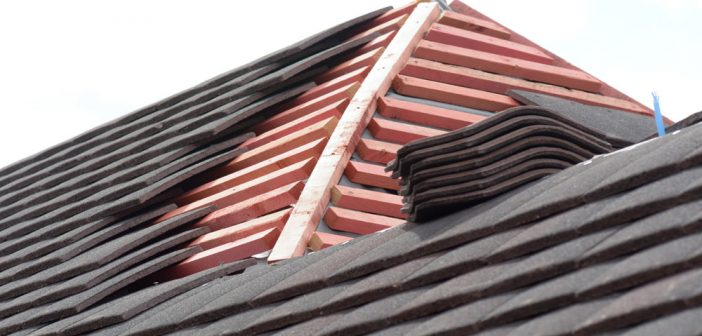Autumn is a great time to have your roof assessed for any damages that may have occurred within the previous year. It gives you a chance to decide and plan on a path of action before seasonal storms begin and keeping a solid roof over your head becomes a critical event.
Winter, spring, and summer often bring heavy winds, snow, sleet, rain, and hail that can damage your roof. These seasonal storms may create small problems that go unnoticed until they become huge headaches. It is important to have your roof inspected regularly and to make repairs quickly.
Water Won’t Freeze
Water may seep into holes, cracks, or seams in your roofing. Water expands as it freezes. The freeze/thaw effect pushes water into the damaged areas, creating further damage to the materials, and causing leaks that can lead to structural failures. Water leaking into a home may cause rust or rot, create a mold problem, destroy insulation, or even short out electrical wiring.
No Snow or Ice
If you are having work done on your roof in cold weather, the material may become brittle and break. Pneumatic tools may freeze, requiring labor intensive hand fastening, causing slow progress and delays. Ice, unpredictable snow storms, and winter winds may keep crews on the ground. The cost of replacing damaged replacement materials and the increased man-hours can be expensive.
Spring wind, rain, and lightning also create dangerous working conditions and cause delays that often prove costly.
Mild Temperatures
Working on a roof in the summer heat presents a danger to the workers. Sun burn, heat stroke, and burns from contact with hot roofing materials are legitimate safety concerns for roofing professionals.
Autumn typically marks the end of severe weather patterns that damage homes. The drier, more temperate conditions make it the ideal time of year to replace your roof. Many roofing materials are optimally installed on 40 to 70 degree days. Roofing professionals certainly appreciate the moderate conditions.
Less Rain
Some types of roofing materials and/or sealants require curing time free from rain or extreme temperature fluctuations. Asphalt shingles rely on the sun’s heat to activate the thermal seal between rows. It is important to schedule your roofing project with ample time to allow proper adhesion to occur. This is an integral part of a building’s moisture barrier/ heat loss prevention systems.
Repair vs. Replacement
There are times when a roof should be replaced rather than repaired. Every roofing material has a lifespan. Even tile and slate roofs are not impervious to time and weather. If your roof has exceeded its life expectancy, you should expect to replace it.
A good rule of thumb states that if over 25% of the roof has been damaged, or if the cumulative quantity of previous repairs exceeds 25% of the roof, a replacement is in order. If existing repairs become recurring problems, or if structural damage occurs over critical interior spaces, a roof replacement should be considered.
Your local roofing professionals will appreciate adequate lead time to schedule the job and offer you the best service possible.








